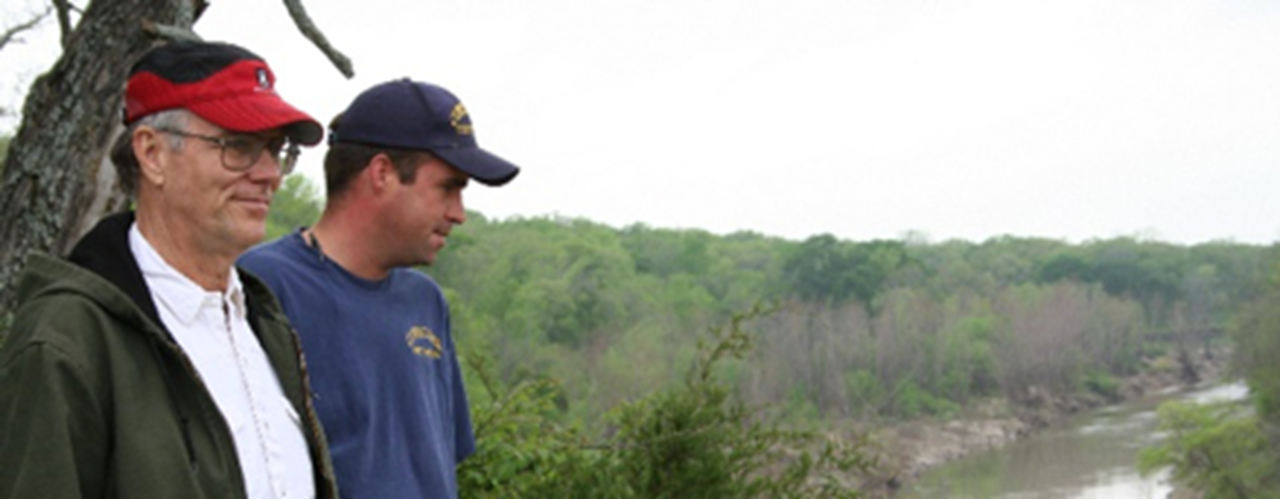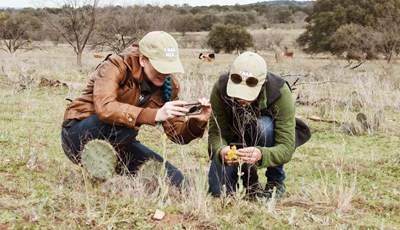Benefits of Multispecies Management on Private Lands
Not surprisingly, about 94% of Texas is privately owned—84% of that land is considered working lands (farm, range and timberland) making private landowners the stewards with the largest influence over natural resources compared to public lands.
This type of analysis of Texas lands led us to another observation: Quality management of private lands benefits all citizens as these lands provide us with clean water, food and fiber and habitat for wildlife. Although production and tax valuation can drive landowners to specialize their management techniques, multispecies management allows us to stack outputs from a single parcel of land. Smart landowners will take care of the land first and foremost to assure strong plant diversity that provides habitat and food sources for livestock and wildlife. This is especially important once we balance the challenges that face rare and declining wildlife species, while maintaining a rural lifestyle linked to traditional agricultural practices.
Many landowners have a fair understanding of livestock husbandry and wildlife and range management inherited from a family member, mentor, or natural resource professional. Their willingness to enact these practices and absorb as much wisdom as possible is important as we watch Texas experience the largest inter-generational change in landownership ever experienced.
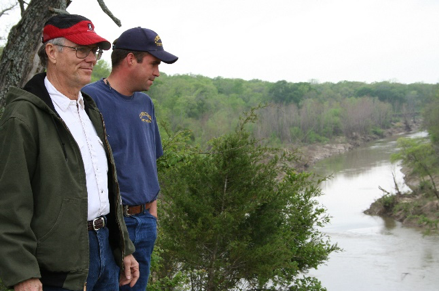
Just as landowners would incorporate common practices for brush management like herbicides or prescribe burning, knowing how to implement a grazing system that will meet their livestock needs and maintain and enhance their wildlife habitat is critical to the health of working land. Like most beneficial education, landowners can learn fundamental lessons from publications like: Grazing, Hunting, and Endangered Species Management are Compatible Practices: Diversifying Income Through a Multi-species Approach.
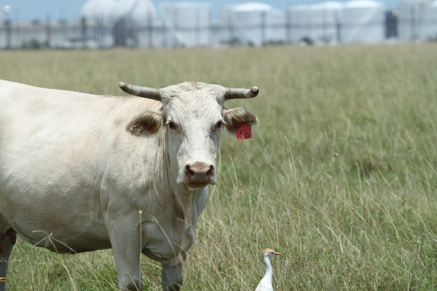
In addition to publications, landowners can see firsthand where these practices are being used to create healthy rangelands at area like the Texas Parks and Wildlife Department’s Wildlife Management Areas. At the Kerr WMA landowners can observe how to use cattle, fire and mechanical methods to manage the habitat for game species and non-game species. Using livestock as a tool to manage the habitat for wildlife is a great practice and can be accomplished with a proper stocking rate and a grazing plan that works for your property. If you are not sure about your stocking rate or how to develop a grazing plan, your local Natural Resources Conservation Service office can assist.
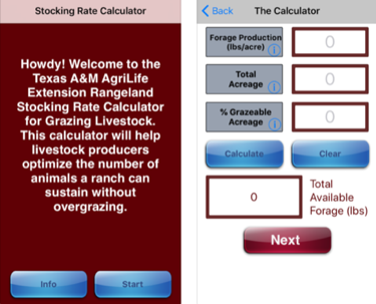
The public benefits of private land stewardship cannot be overstated. As Aldo Leopold said, “The landscape of any farm (ranch) is the owner’s portrait of himself.” We are fortunate to have great land stewards managing the lands of Texas.



